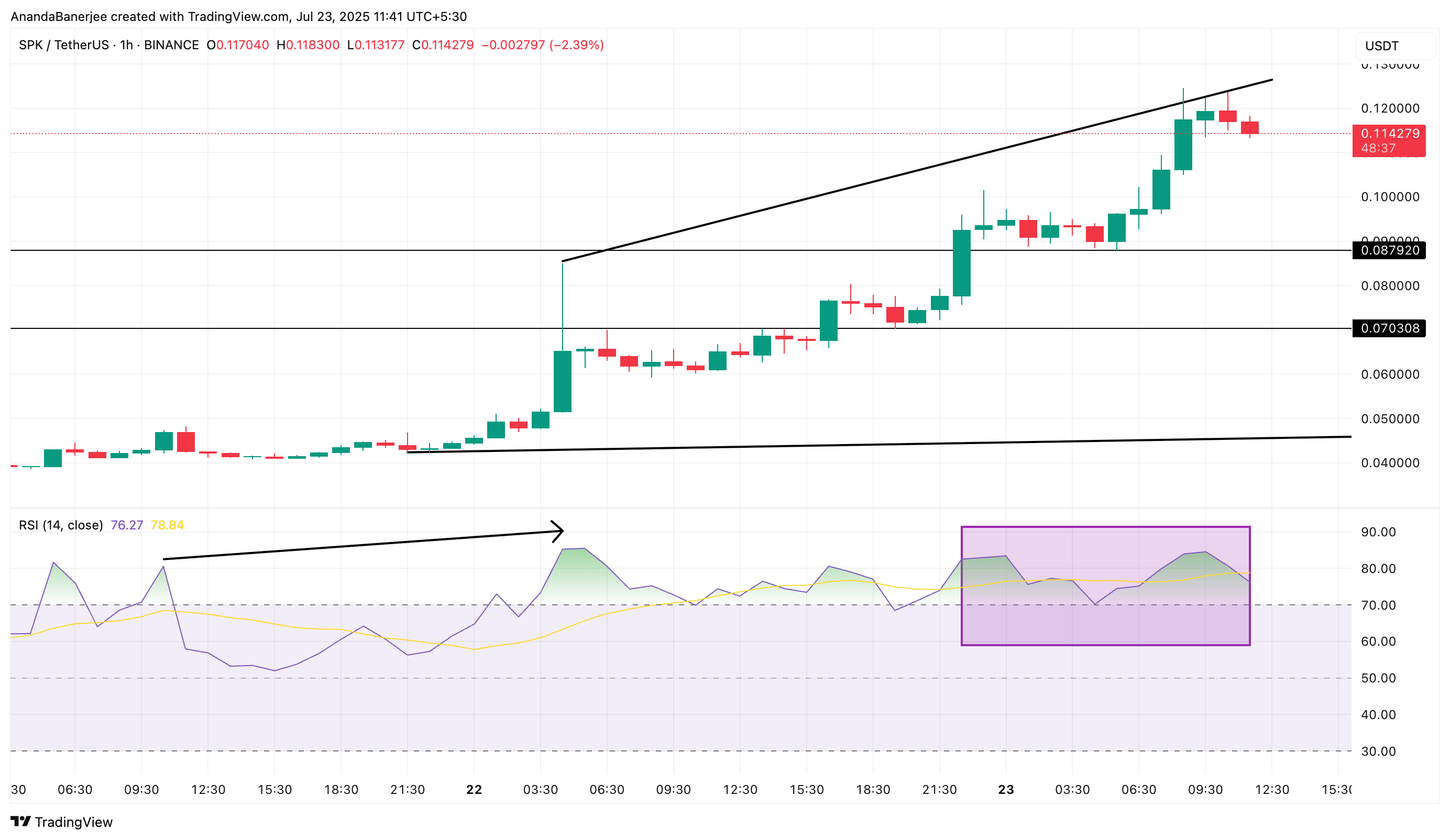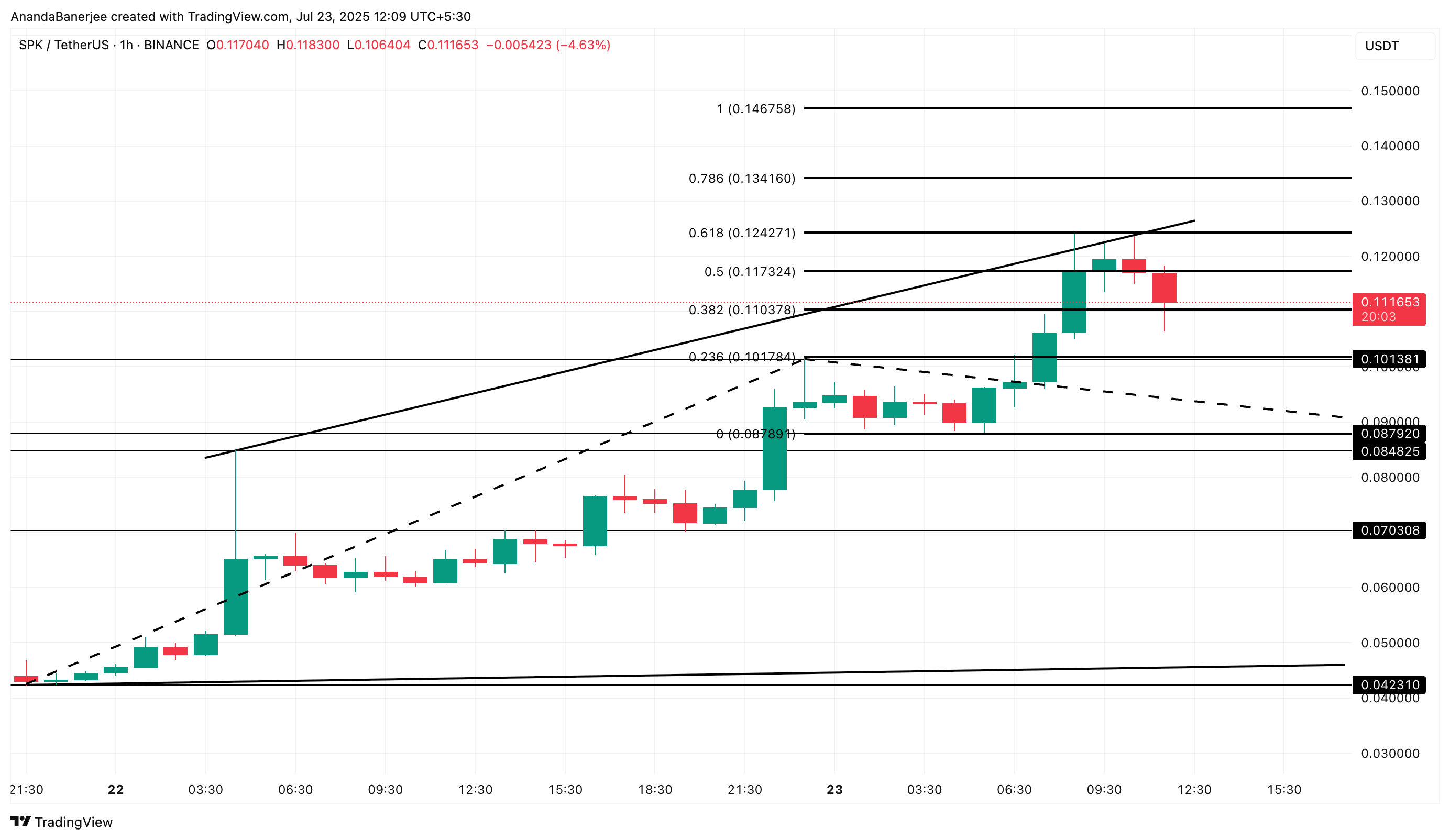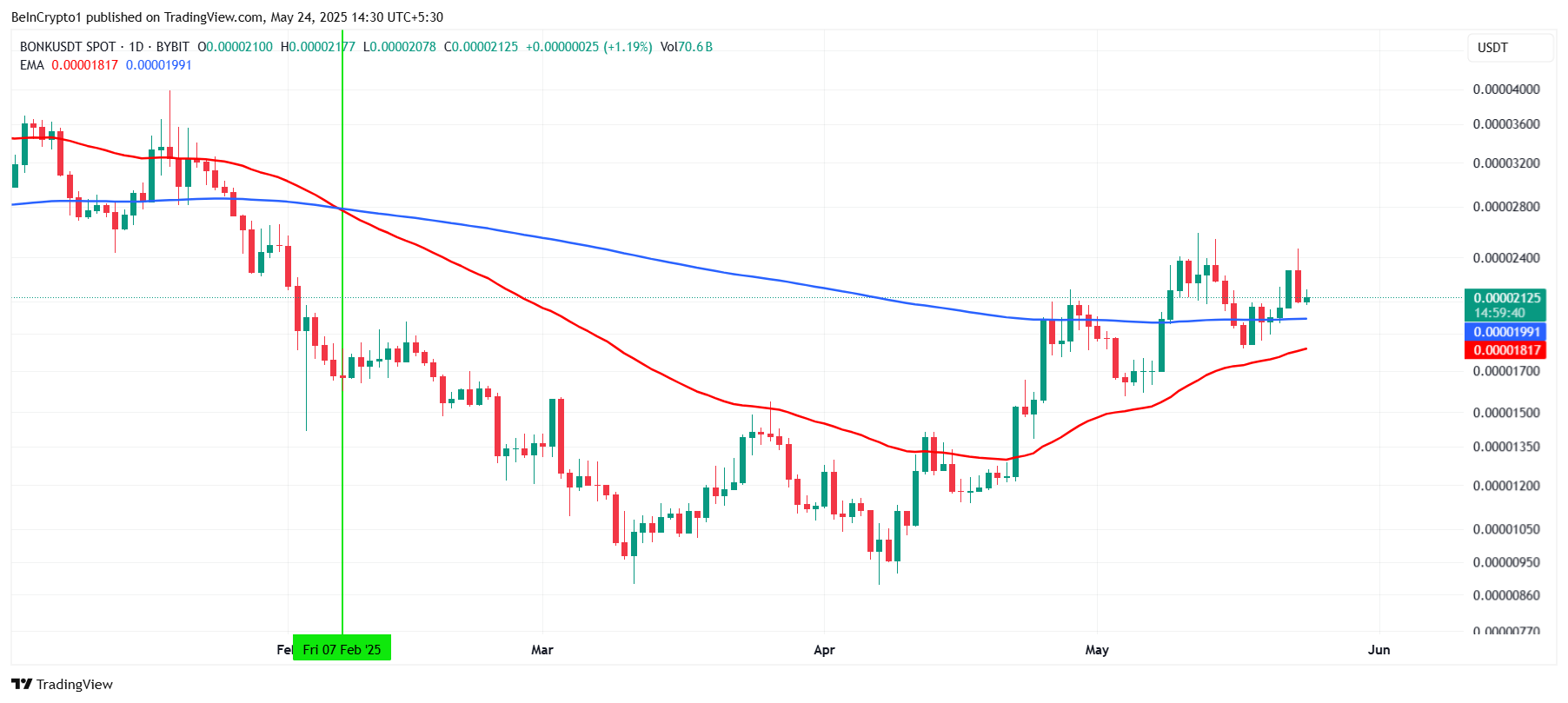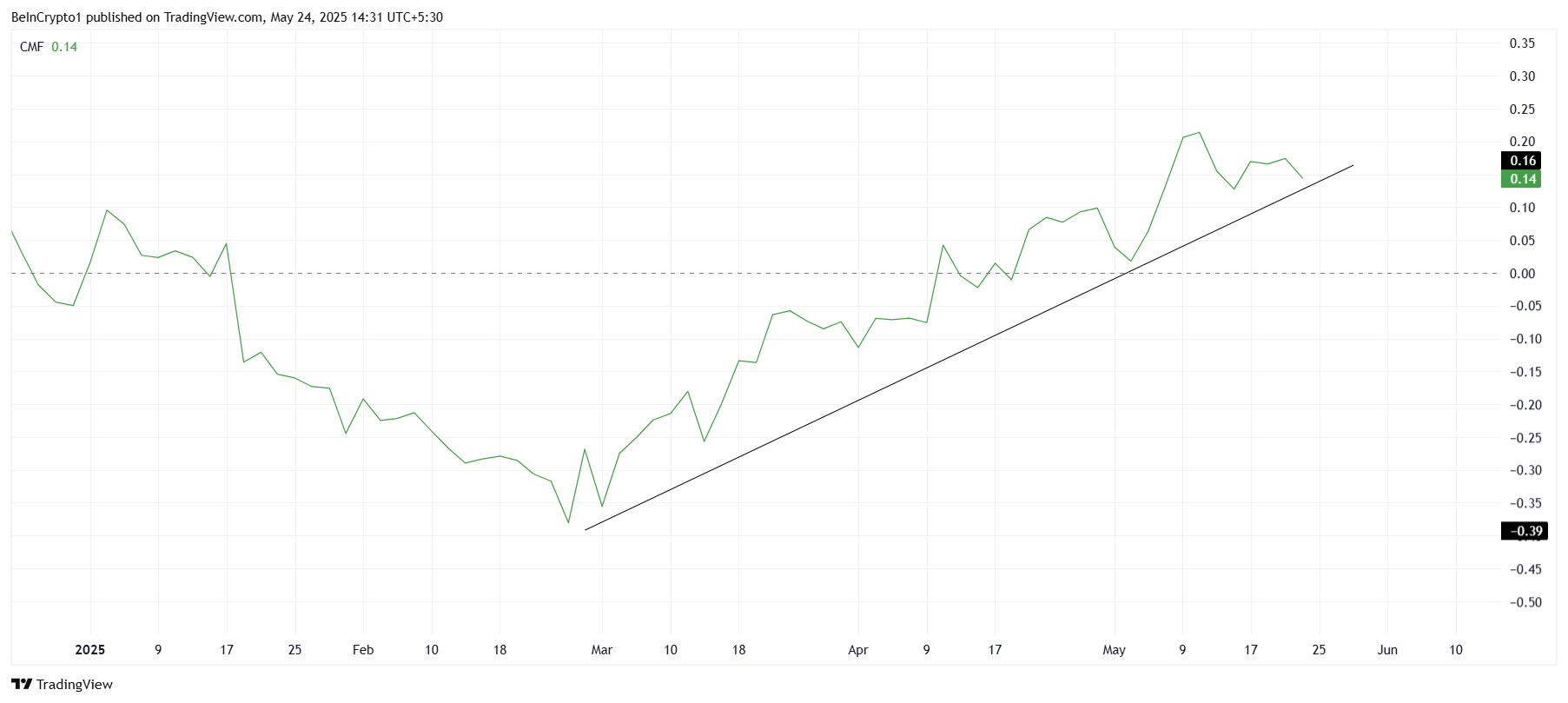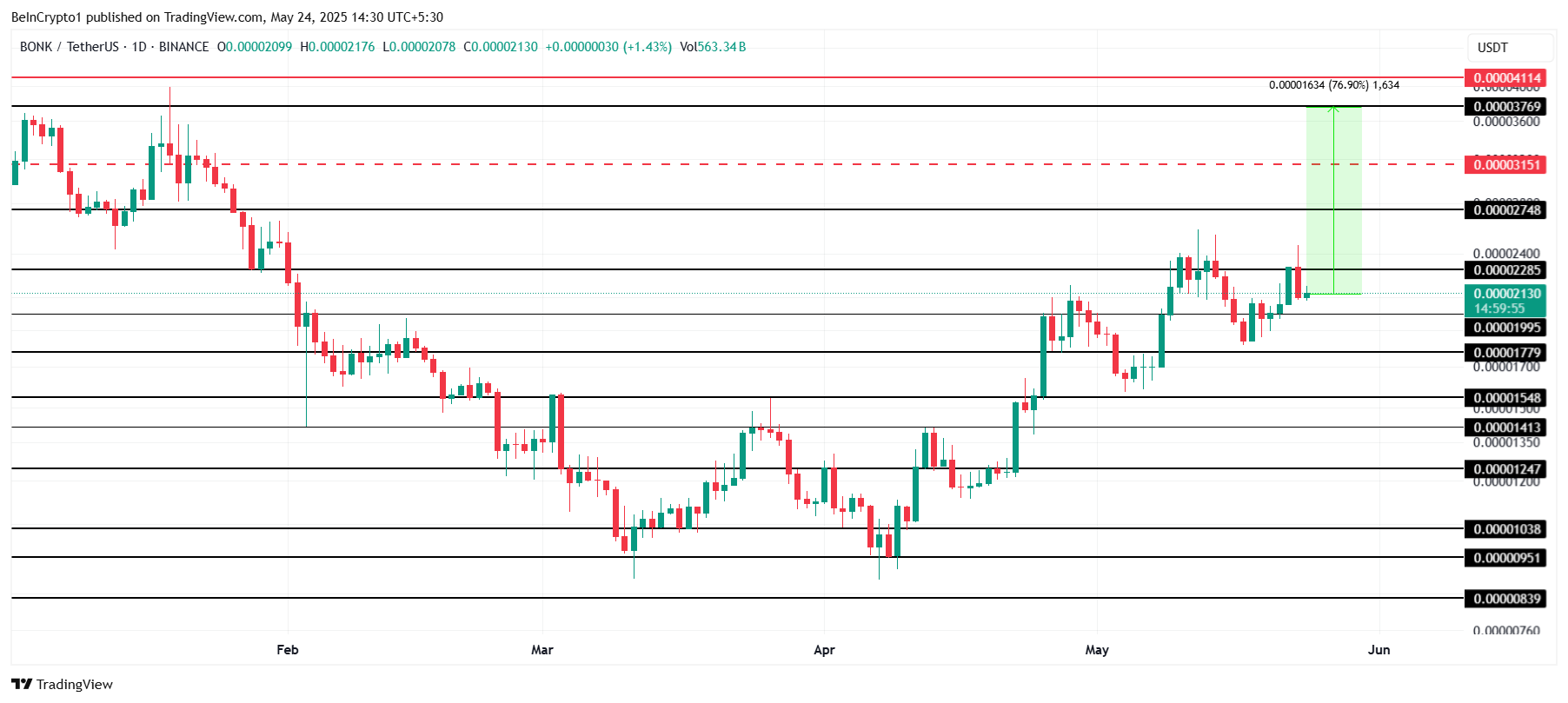
A sub-wallet is snapping up millions of Pi Coins from centralized exchanges in eyebrow-raising fashion. Cryptocurrency expert Dr Altcoin reveals that the wallet is affiliated with the Pi Core Team (PCT) and is a valiant attempt to stabilize the Pi Network price.
PCT-Linked Sub-Wallet Buys 48 million Pi Coins
According to cryptocurrency expert Dr Altcoin, the PCT is wading into stabilizing the Pi Network price following the Pi unlock event. In a post on X, Dr Altcoin revealed that the PCT is snatching millions of Pi Coins from centralized exchanges via a sub-wallet.
Dr Altcoin notes that the sub-wallet has launched a Pi Coin accumulation spree, gobbling up 48.5 million Pi worth $31 million. The sub-wallet, created only two months ago, has acquired a chunk of its Pi holdings from centralized exchanges.
Reports of a Pi Network price crash following the Pi unlock event have triggered worry among community members. To address the fears, Dr Altcoin says the PCT is attempting to buy millions of Pi Coins from exchanges. He argues that the mass purchase is a better short-term strategy for the Pi Network than burning Pi Coins.
“This sub-wallet only recently began accumulating Pi and currently holds around 48.5 million coins,” said Dr Altcoin. “It’s a smart alternative to burning tokens, but it is only a short-term strategy.”
Pi Network Price Is Holding Up Well, Yet Concerns Remain
At the moment, it appears that the PCT’s short-term strategy of buying Pi Coins from centralized exchanges is yielding benefits. Pi Network price is trading above $0.6 after racking up nearly $6% over the last day. Daily trading volume is up by 53.86% to settle at $116.4 million.
Enthusiasm for Pi Coin to reach $5 is at a high following reports of whales moving 41 million Pi from exchanges. However, there are lingering fears of a Pi Network price drop if the PCT cannot continue to fund its Pi Coin purchasing spree.
“The million-dollar question is: Can the PCT afford to keep buying Pi from CEXs to stabilize the price, or are there better long-term plans in place?”
If the PCT is unable to continue buying Pi Coins from exchanges, a steep price drop to $0.3 is a grim possibility for the Pi Network price.
Shady activity on Banxa threatens investors with wild volatility in the near future, as investors turn to the PCT for a cushioning effect.
The post Expert Unveils Pi Network Buying Strategy To Stabilize Pi Coin Price appeared first on CoinGape.






